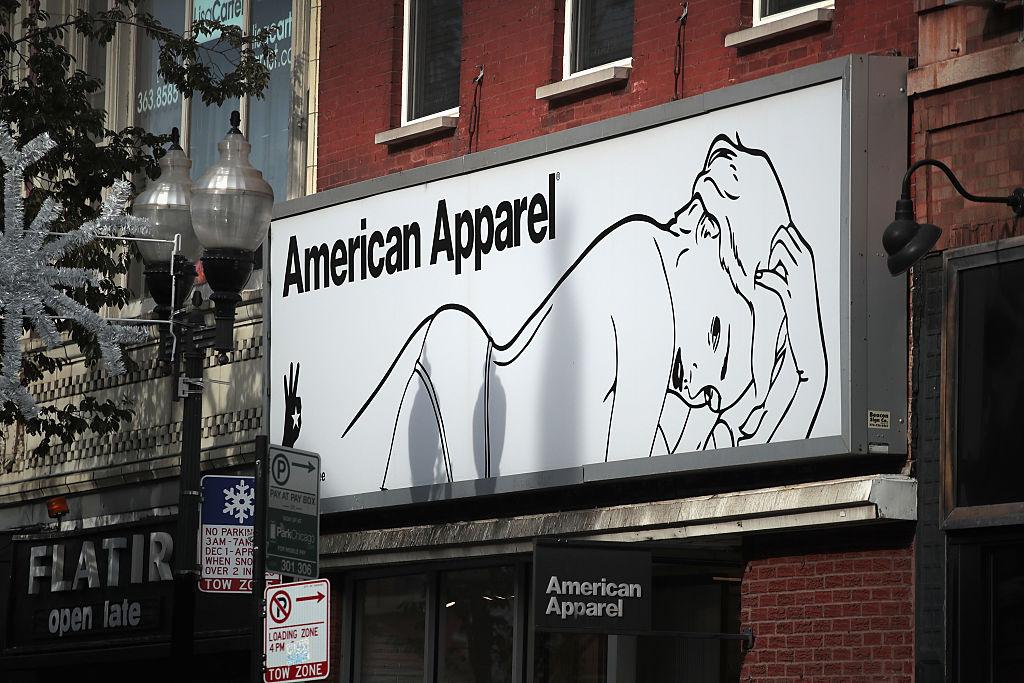Why British millennials fell out of love with American Apparel
As the retailer closes all but one of its UK stores, Sarah Young asks, where did it all go wrong?

Today, American Apparel has closed all but one of its 13 UK stores instigating the loss of 150 jobs.
The announcement comes after the LA-based fashion brand filed for US bankruptcy protection for the second time this year in November. But, where did it all go wrong?
For more than a decade, AA was the embodiment of cool, with the brand’s quintessential items – simple T-shirts, crop tops, disco pants and running shorts – performing as a uniform for those in the know.
My problem with this – and I feel I’m not alone – is that the retailer is a one-trick pony.
Unlike brands such as Calvin Klein who has built an empire on selling pants, American Apparel hasn’t evolved. Nowadays, we live in a world of fast fashion and, while they might have expanded their product range since the beginning, it by no means matches up to the exacting standards of high street giants like Zara or H&M.
AA offer classic garments in bulk which, as a result, means a much smaller selection for young shoppers – a market that’s hell-bent on keeping up with the latest trends.
In pictures: American Apparel
Show all 22Sure, disco pants and bodysuits were all the rage for teens in 2012, but for the discerning woman, skin tight spandex will leave you looking like a lumpy post-makeover Sandy from Grease.
Alas, they swiftly fell out of fashion and deep into debt.
Changing fashion trends aren’t all to blame though; the retailer’s notoriety for racy advertising, and the exploits of its founder, must also take some responsibility for its demise.
In 2014, American Apparel fired its controversial founder Dov Charney over alleged sexual misconduct and, shortly afterwards, took out a restraining order against him.
It was he who pioneered AA’s candid snapshot aesthetic, often featuring sexual images of fresh-faced, scantily-clad young women.
Some - featuring girls wearing nothing but tube socks, sheer bodysuits or underwear - were so provocative that they were banned in the UK.
It seemed that, for American Apparel at least, campaigns featuring girls wearing next-to-nothing had become the norm. But, were these ads sexist or empowering?
Subscribe to Independent Premium to bookmark this article
Want to bookmark your favourite articles and stories to read or reference later? Start your Independent Premium subscription today.

Join our commenting forum
Join thought-provoking conversations, follow other Independent readers and see their replies